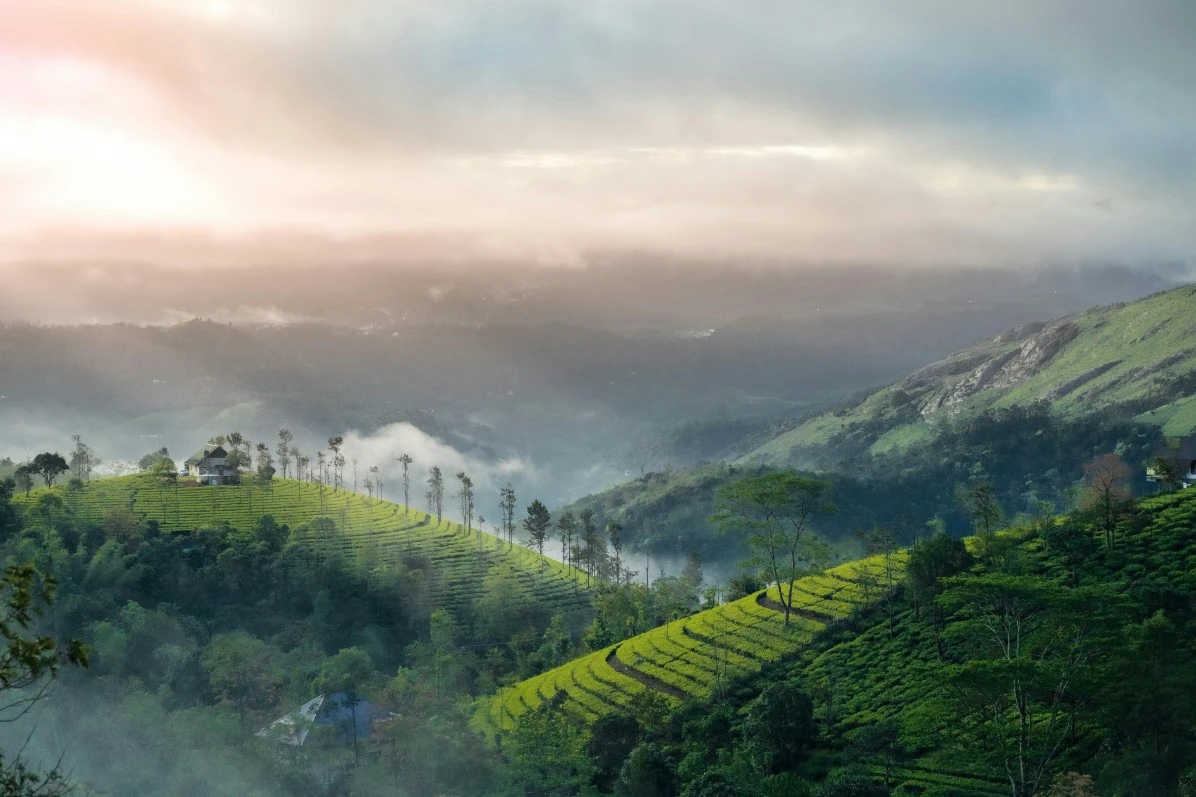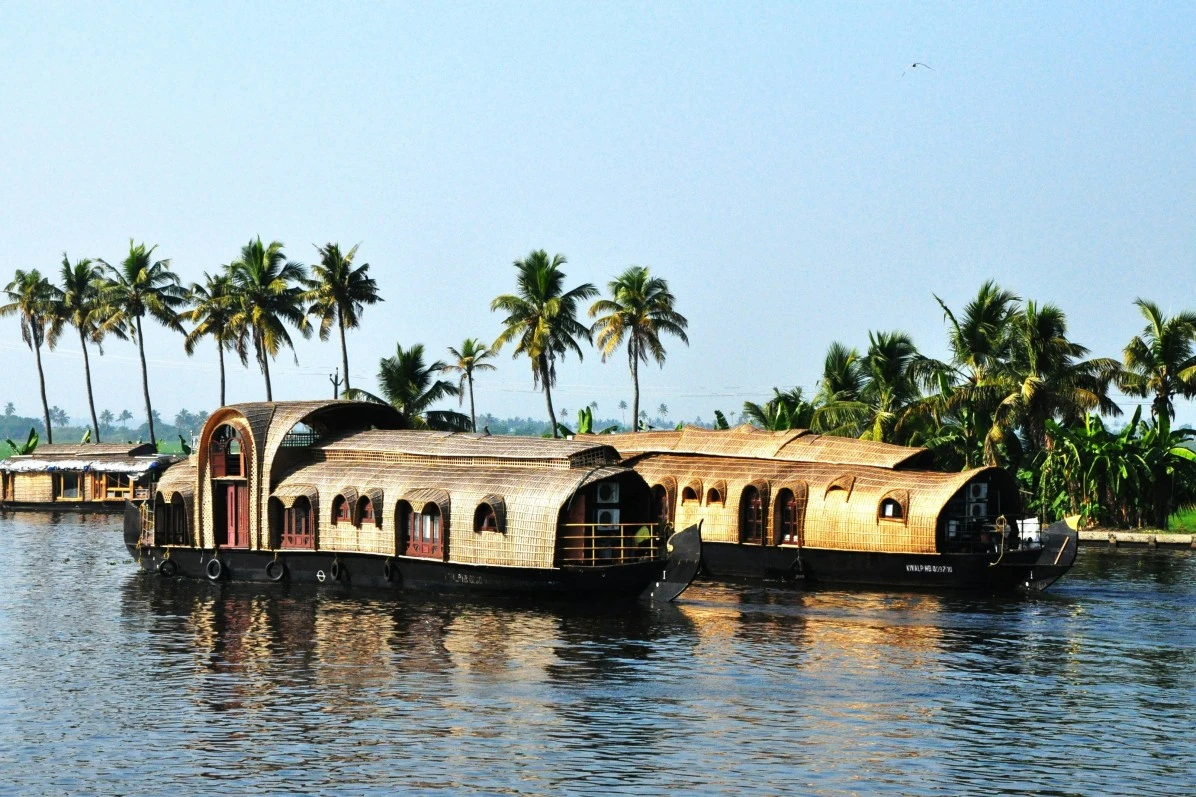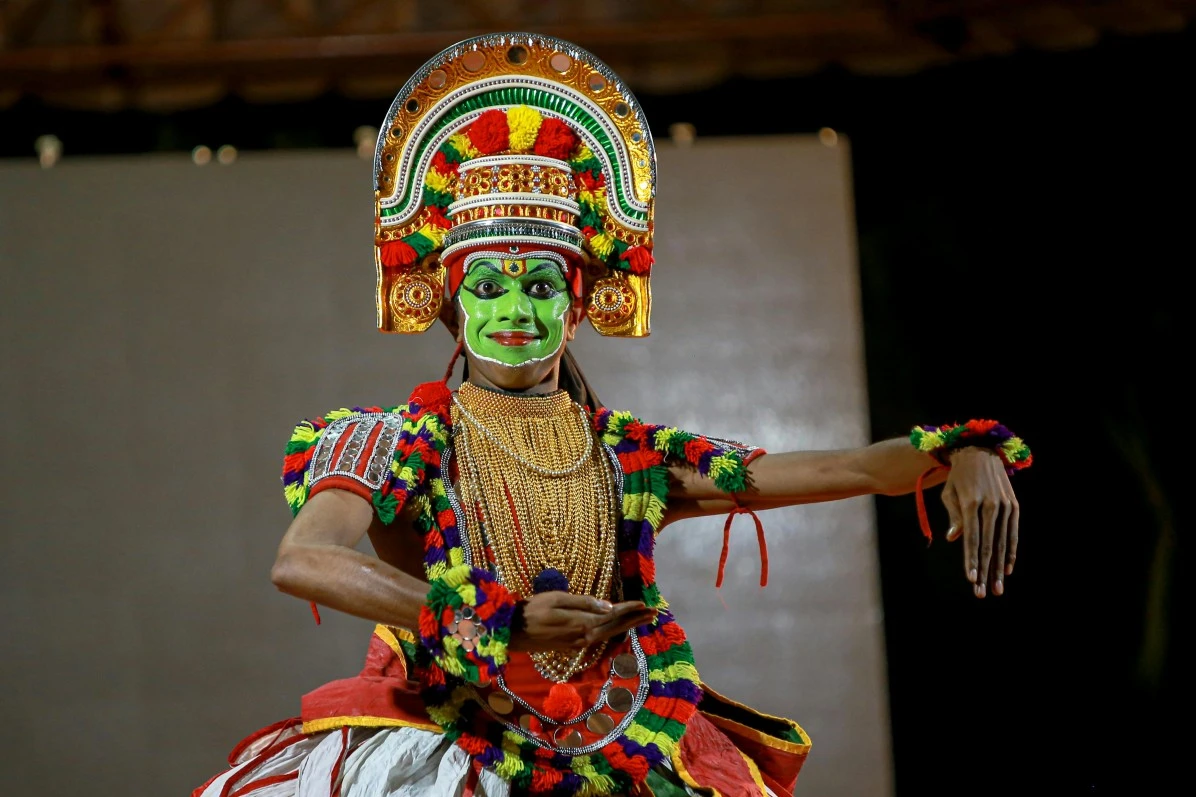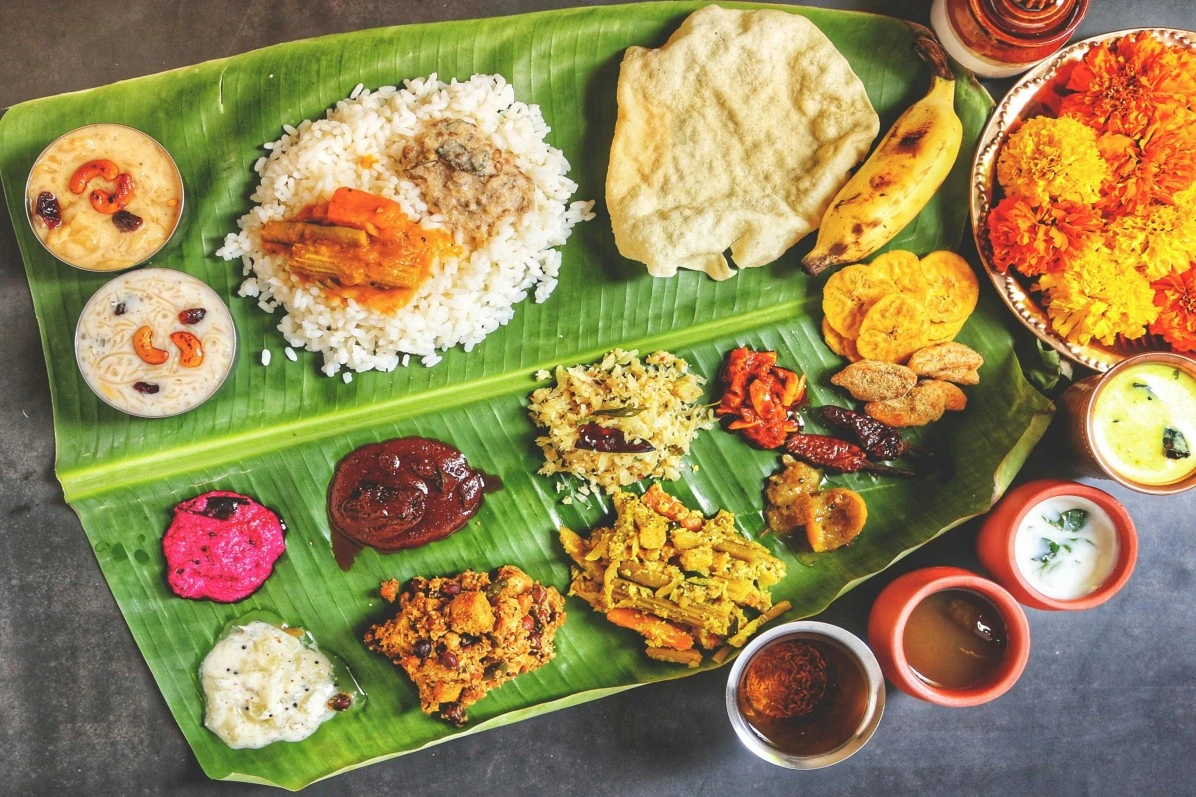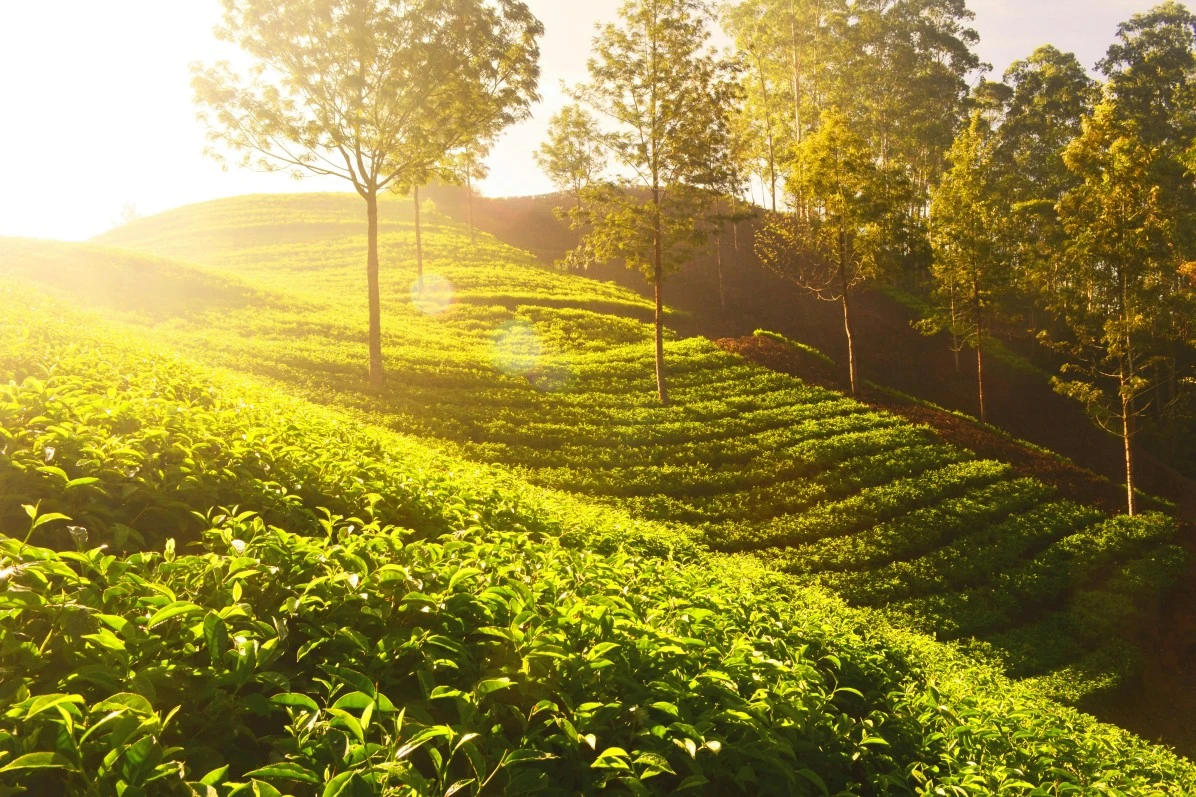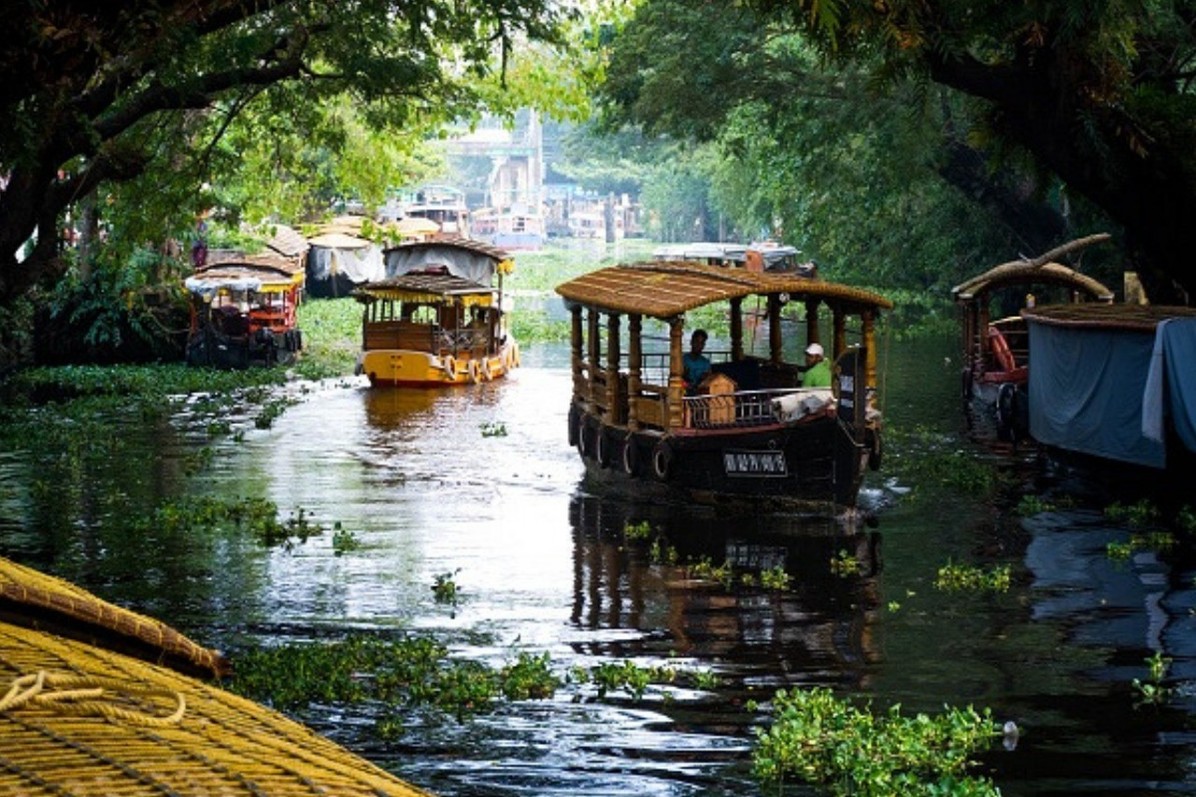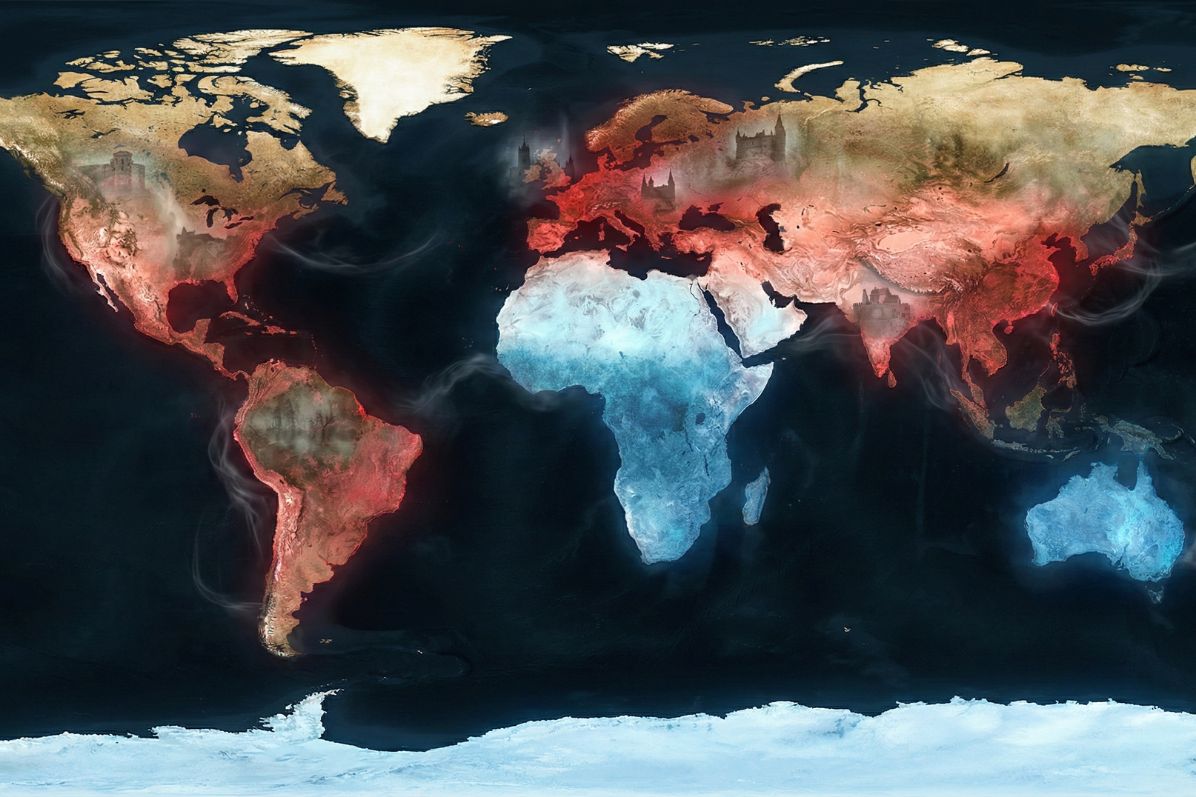Welcome to Kerala — where emerald waters, misty tea estates, and golden beaches match a kaleidoscope of vibrant traditions. Whether you are looking for honeymoon bliss, a family vacation, or adventure by yourself, this southern Indian state will leave you with experiences that linger well beyond your stay.
Creating an itinerary for a trip to Kerala may seem daunting, there will be so much to see, taste, and experience. From houseboat adventures on the calm waters of Alleppey to the rolling hills of tea plantations in Munnar, every former part of Kerala has something special.
Therefore, having an itinerary for Kerala will ensure you get the most out of your trip. If you want a travel experience dedicated to local culture, responsible tourism and where local-style accommodations are prioritized, The Tarzan Way program is a great first step to explore authentic Kerala travel programs suited to various traveler types.
Understanding Kerala – Geography, Climate & Culture
Kerala is situated as a green ribbon along the Arabian Sea and Western Ghats that boasts remarkable variations in climate and experience. It falls in a tropical climate region and has two monsoons – the active Southwest monsoon from June to September and the less active Northeast monsoon from October to December.
The best time to visit Kerala is between September and March when the climate is pleasantly cool and perfect for visiting beaches, hill stations, and backwaters.
Kerala is culturally rich and colorful; festivals like Onam and Thrissur Pooram have fantastic rituals, performing arts and food. You also see remnants of ancient traditions in Kathakali dance, temple rituals and the friendliness of the people.
Pro Tip: Visit during the winter months for mild weather and festive celebrations that truly bring Kerala to life.
Choosing Your Kerala Itinerary
Designing your Kerala itinerary depends on what you love most — relaxation, nature, adventure, or culture.
Here’s a quick idea to get started:
- 4 to 5 Days: Kochi → Munnar → Alleppey
- 7 to 8 Days: Kochi → Munnar → Thekkady → Alleppey → Kovalam
- 10 Days or More: Add Wayanad, Varkala, or Bekal for offbeat experiences
If you enjoy scenic drives and hidden gems, take inspiration from the Kerala Road Trip Itinerary, which covers scenic routes and local secrets.
Pro Tip: Combine a hill station, a backwater stay, and a beach destination for a balanced Kerala trip.
Where to Stay in Kerala
Accommodation in Kerala varies as much as its geography. There are heritage mansions, floating houseboats, and treehouses up in the jungle canopy.
1. Luxury Resorts and Ayurvedic Retreats
Kerala has some outstanding resorts, offering Ayurvedic treatment, infinity pools, and villas overlooking the ocean. These resorts are perfect for relaxation and recharging after a long day of exploring. For more detail, visit the guide about where to stay in Kerala for a relaxing Ayurvedic staycation.
2. Heritage Hotels
Transformed palaces and old colonial bungalows provide the opportunity to experience Kerala’s architecture and history firsthand. Staying in one is like stepping back in time.
3. Houseboats
A classic Kerala experience, it is magic to be on a traditional kettuvallam (houseboat) and cruising through the Alleppey or Kumarakom backwaters.
4. Homestays
Stay in a homestay where you will have a unique experience of seeing daily life up close. Staying with a local family, you can share a meal, stories, and humor, something you will not receive in a hotel.
5. Eco-Lodges and Treehouses
For a unique experience, stay in an eco-lodge or treehouse overlooking misty forests in Wayanad or Thekkady.
Pro Tip: Book in advance, especially during December to February when Kerala sees its highest tourist footfall.
Getting Around Kerala
Kerala’s transport network makes traveling between towns and cities convenient.
- By Train: One of the most scenic ways to travel, especially along the coast or through the Western Ghats.
- By Bus: KSRTC and private buses connect even remote areas. Great for budget travelers.
- By Car: Ideal for flexibility — you can stop at spice gardens, roadside cafes, and waterfalls along the way.
- By Ferry: In regions like Alleppey, Kollam, or Kochi, ferries and boats aren’t just scenic but practical.
Many travelers enjoy exploring Kerala through scenic drives or cycling trails. You can take cues from local explorers in The Tarzan Way’s Kerala itineraries to find offbeat travel routes and community-based tours.
Pro Tip: For short distances, auto-rickshaws are affordable and a fun way to experience the local vibe.
Kerala Cuisine to Try
The cuisine of Kerala represents its geography; coconut groves, spice plantations, and fish-rich coasts. Each region has its own slightly different flavors.
Dishes to try include Appam with stew, Kerala Sadya, Karimeen Pollichathu (pearl spot fish), Puttu with Kadala curry, and beef fry. As a snack, banana chips and jackfruit chips are also addictive.
The state’s food culture blends with its festivals and traditions. You can dive deeper into this through the article on Top Cultural Experiences to Have in Kerala – Festivals & Food.
Pro Tip: Try eating on a banana leaf at least once — it’s an authentic and eco-friendly Kerala tradition.
Packing Smart for Kerala
Kerala has a climate that is hot and tropical, so bring lightweight and breathable clothing, cotton or linen clothing, comfortable footwear, a hat, and sunscreen.
If you travel to the hill station areas of Munnar or Wayanad, take along a light jacket for cool evenings. If you are visiting during the monsoon season a raincoat or umbrella is required.
It is also a good idea to carry a small first-aid kit, garbage, mosquito repellent, and possibly your travel documents. Kerala is a modern society and very connected but having the essentials on hand will make for a more leisurely experience.
Pro Tip: Pack a reusable water bottle and avoid single-use plastics to travel sustainably.
Cultural Etiquette & Local Customs
Kerala’s charm lies not just in its beauty but in its traditions. Respecting local customs enhances your travel experience.
- Dress modestly when visiting temples or rural areas.
- Use your right hand for eating and handing items.
- Always ask before photographing people.
- Try learning a few Malayalam phrases like “Namaskaram” (Hello) and “Nanni” (Thank you).
If you’re curious about local life, spending a day in a traditional village is incredibly rewarding. You can get a feel for it in this Authentic Village Life Kerala Travel Guide.
Pro Tip: Participate in local festivals like Onam or temple celebrations to truly understand Kerala’s cultural soul.
Responsible & Sustainable Travel
Kerala has long championed sustainable tourism — protecting its environment while uplifting local communities. Travelers are encouraged to choose eco-friendly stays, support artisans, and engage with local experiences ethically.
Volunteering opportunities in rural Kerala, like those discussed in How to Volunteer in Rural Kerala and Make an Impact, help travelers give back while learning from the community.
Pro Tip: Shop from local cooperatives and eat at small family-run eateries to support Kerala’s sustainable travel model.
Frequently Asked Questions (FAQs)
1. What is the best time to visit Kerala?
The winter months from September to March are ideal for pleasant weather and outdoor activities.
2. How many days do I need to explore Kerala?
A 7 to 8-day trip covers major destinations. For shorter itineraries, focus on Kochi, Munnar, and Alleppey.
3. What are the must-visit places in Kerala?
Don’t miss Munnar, Alleppey, Thekkady, Kovalam, and Wayanad. Hidden beaches like Varkala and Bekal offer quieter escapes. You can discover some of these lesser-known spots in Hidden Beaches in Kerala You Won’t Find in Guidebooks.
4. What should I pack for Kerala?
Light cotton clothes, a rain jacket, sunscreen, comfortable shoes, and insect repellent are must-haves.
5. Is Kerala safe for solo travelers?
Yes, Kerala is one of the safest states in India. Still, it’s wise to follow basic safety practices. For more insights, read Is Kerala Safe for Solo Female Travelers?.
6. What are some must-try foods in Kerala?
Appam, Fish Curry, Sadya, and Kerala Parotta are local favorites.
7. Are there good Kerala honeymoon packages?
Yes, Kerala honeymoon packages often include romantic stays in houseboats, beach resorts, and misty hill stations — check out the Top 10 Things to Include in Your Kerala Honeymoon Tour Package for inspiration.
Final Thoughts
Kerala is more than a destination — it’s an experience that delights all your senses. From the aroma of spices in Thekkady to the symphony of oars during a backwater race, everything here is alive with dynamic events.
If you plan, it lets you share the best part of Kerala’s beaches, backwaters and traditions at your own pace. Whether through pre-planned journeys or spontaneous adventures, travelers will be rewarded for their curiosity and respect.
Travelers who would like to experience Kerala in an authentic way, through The Tarzan Way, we have created thoughtfully designed experiences that give you the opportunity to travel deeper, connect locally and create lasting memories in “God’s Own Country.”


